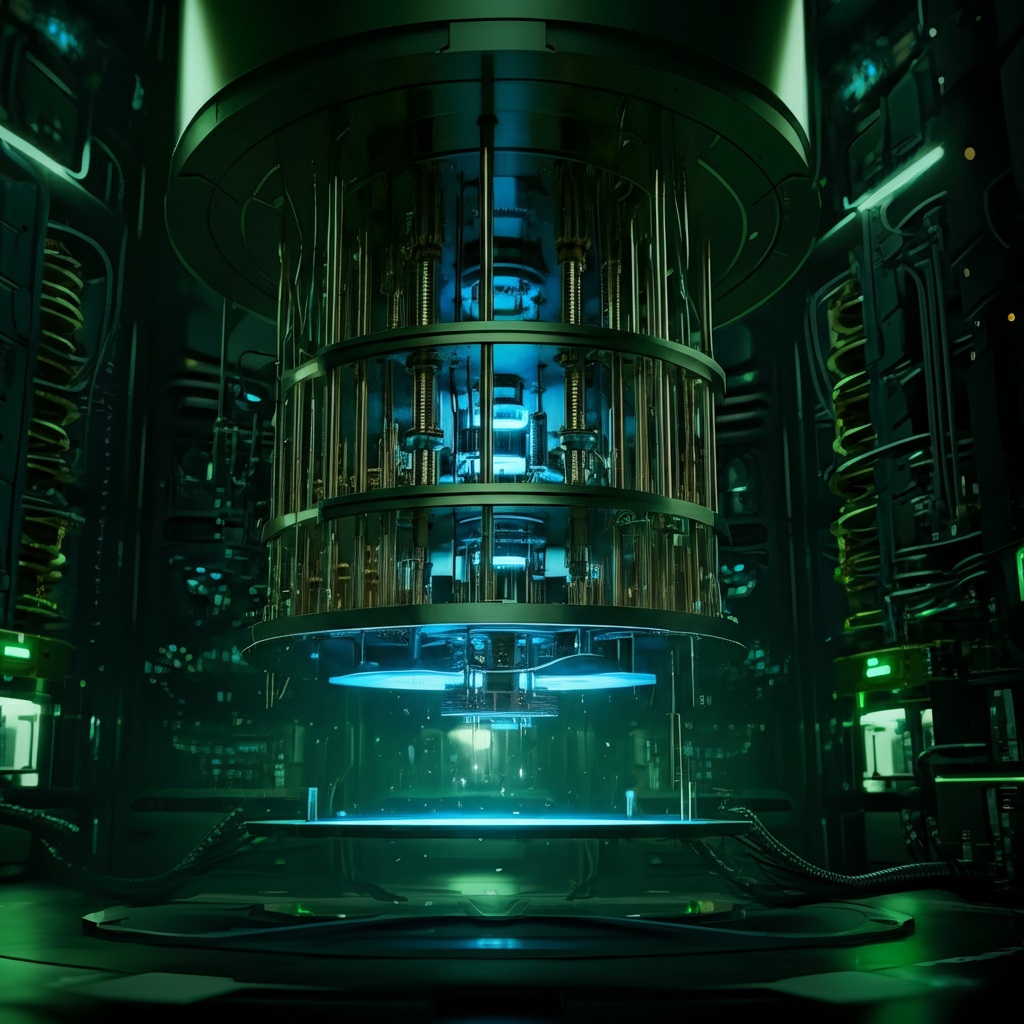Introduction
Quantum computing—a field synonymous with innovation and complexity—just hit another impressive milestone. Both Microsoft and Quantinuum have unveiled a breakthrough in achieving error-free logical qubits. What’s the big deal? This achievement represents an 800x improvement in error rates, overcoming a significant challenge in the pursuit of fault-tolerant quantum computers.
For tech enthusiasts, quantum computing researchers, and IT professionals, this development is more than a headline—it’s a step closer to transforming quantum computing into a practical tool for real-world applications. This blog unpacks how they achieved this feat, what it means for industries like pharmaceuticals and cybersecurity, and the challenges that remain.
What Are Logical Qubits, and Why Do They Matter?
Before we dig into the milestone, it’s worth defining what we mean by logical qubits.
Quantum computers are powered by qubits, the quantum version of classical computer bits. Unlike traditional bits, which can be either 0 or 1, qubits can exist in both states simultaneously through a phenomenon called superposition. However, qubits are notoriously unstable. They are prone to errors from decoherence and quantum noise, which make reliable computations difficult.
Logical qubits are a solution to this instability. By using multiple physical qubits and advanced error-correction techniques, logical qubits aim to simulate a single, stable qubit. The bigger the improvement in error rates, the closer we get to a fault-tolerant quantum computer—a machine capable of tackling monumental problems without collapsing under its own quantum noise.
Microsoft and Quantinuum’s 800x Leap in Error Correction
Until this week, building fault-tolerant quantum computers with minimal errors seemed like a distant goal. Enter Microsoft and Quantinuum, two companies leveraging cutting-edge approaches to achieve an 800-fold improvement in error rates. Here’s how they made it happen:
1. Harnessing Ion-Trap Qubits
Quantinuum adopted ion-trap qubits, a type of qubit known for offering unparalleled coherence times. Unlike superconducting qubits, which are more common in other quantum systems (such as Google’s Sycamore or IBM’s Q System One), ion-trap qubits excel in precision.
Ion-trap technology uses charged atoms (or ions) controlled by electromagnetic fields to maintain the stability of qubits. The technology is often regarded as one of the most promising hardware platforms for achieving scalable and reliable quantum computation.
2. Advanced Error-Correction Techniques
Error correction lies at the heart of Microsoft and Quantinuum’s breakthrough. Their approach allows a logical qubit to remain stable by encoding information across multiple physical qubits. Through sophisticated algorithms, they constantly measure and correct errors without disturbing the quantum information being processed.
This milestone not only pushes us closer to realizing fault-tolerant quantum computers but also sets a benchmark for future developments in the field. Both companies are using this level of error suppression to show how new architectures can bring mainstream quantum computing closer to reality.
Applications of Reliable Logical Qubits
The significance of fault-tolerant quantum computing ripples across multiple industries. Once logical qubits are scalable and widely available, they will set the stage for a new era in computing. Here are some promising applications:
1. Drug Discovery and Material Science
Quantum computers can simulate molecular and atomic interactions with unprecedented accuracy. This capability could accelerate drug discovery by enabling pharmaceutical researchers to study complex protein folding or chemical reactions that are impossible to model on classical computers. Materials science, too, could benefit by discovering previously unknown compounds with unique properties.
2. Unbreakable Encryption
Quantum computing has long promised to revolutionize cybersecurity. Fault-tolerant systems could enable the creation of quantum-safe encryption algorithms. On the flip side, they may also have the power to break existing cryptographic protocols, highlighting the need for quantum-resilient security measures.
3. Supply Chain Optimization
Optimizing complex logistics networks is a daunting task for classical computers, given the vast number of variables involved. Quantum computing could offer new solutions for industries like manufacturing, transportation, and retail to improve supply chain efficiency.
4. Machine Learning and AI
Quantum machine learning models, powered by fault-tolerant systems, could dramatically enhance how we teach machines to learn from data. For IT professionals, this could mean faster, more powerful tools for training AI on tasks like natural language processing or image recognition.
Challenges to Scaling Quantum Computing
While Microsoft and Quantinuum’s achievement is pivotal, it’s not without hurdles. For logical qubits to power large-scale quantum computers, the following challenges need to be addressed:
1. Scalability of Hardware
Creating high-quality logical qubits requires a significant number of physical qubits, which brings up concerns around scaling. Current quantum computers still operate with fewer than a hundred qubits, while fault-tolerant systems may require millions.
2. Energy Constraints
Quantum computers consume far more energy and cooling resources than classical systems. This reliance on specialized cooling (such as cryogenics) could pose challenges when attempting to scale hardware while minimizing overhead costs.
3. Error-Tolerant Algorithms
Even as hardware matures, the development of quantum-friendly algorithms remains crucial. Researchers must continue innovating to make quantum computing applicable across diverse workflows.
4. Standardization
Global standards for quantum hardware, software, and error correction are still in development. Lack of standardization can lead to fragmentation in the industry, slowing progress.
Why This Breakthrough Matters
Achieving fault-tolerant quantum computing has been the ultimate goal for researchers and companies alike. Here’s why this milestone has everyone talking:
- Proof of Progress — Advances in logical qubits demonstrate that challenges like stability and error correction are surmountable.
- Industry Collaboration — Partnerships among companies like Microsoft and Quantinuum highlight the collaborative nature of quantum development, which accelerates progress.
- New Possibilities — Every improvement in fault tolerance expands the list of real-world problems quantum computers can tackle, from climate modeling to space exploration.
Read More⚡ Google Upgrades Gemini AI: What You Need to Know
What Lies Ahead for Quantum Computing
Microsoft and Quantinuum’s success with logical qubits signals a shift from theoretical possibilities to practical implementations of quantum computing. However, this is just the first chapter in a story that will continue unfolding over decades.
With future milestones likely to focus on scalability and affordability, businesses and researchers must remain prepared for an evolving technological landscape. Institutions investing now in talent and infrastructure for quantum computing may see the greatest benefits as the field grows.
Final Thoughts
The quantum revolution is unfolding before our very eyes, and recent breakthroughs in logical qubits from Microsoft and Quantinuum bring us tantalizingly close to fault-tolerant quantum computing. For tech enthusiasts, researchers, and IT professionals alike, these developments are proof that investing attention and resources in this field will pay dividends.
Are you ready to explore how quantum computing could change the future? Keep following our blog for updates and in-depth analysis of the latest breakthroughs.

